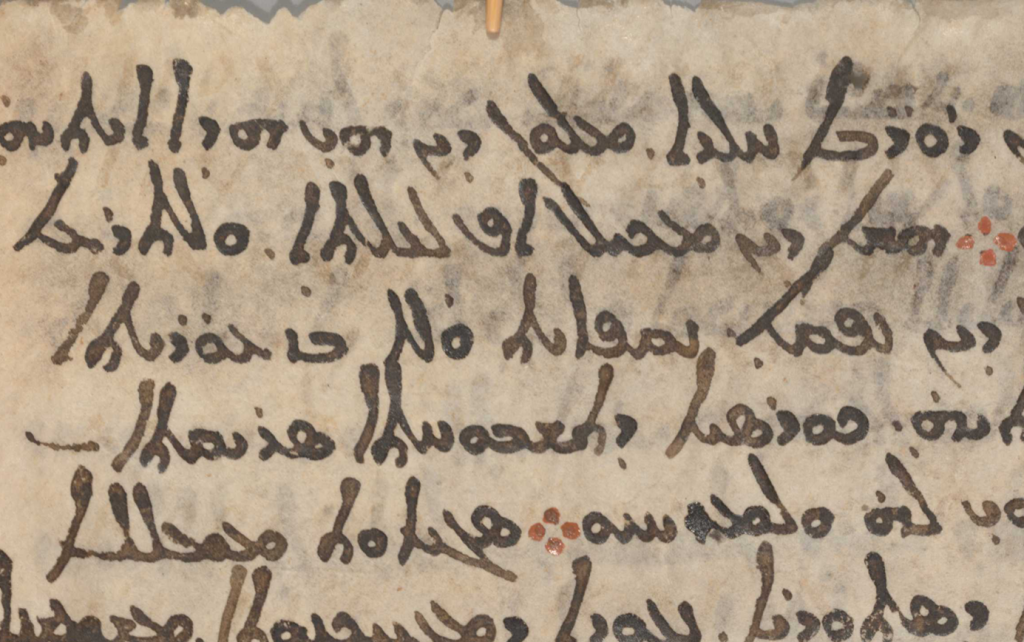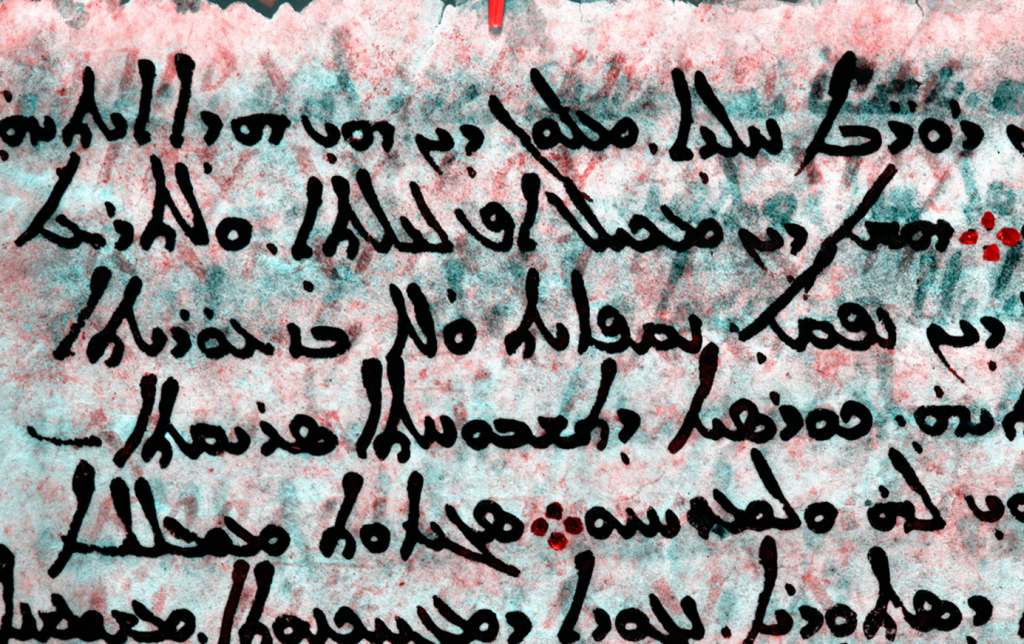09.02.2023 by Victor Gysembergh (Léon Robin Research Center on Ancient Thought, CNRS)
The discovery of fragments from Hipparchus’ star catalog sheds new light on a major development of positional astronomy. Hipparchus of Nicaea was a Greek astronomer active in the Eastern Mediterranean (likely in Rhodes and Nicaea) in the second century BCE. Based on ancient reports, he has long been thought to have composed the first catalog of stars to include precise numerical coordinates, representing a major step towards the mathematization of the ancient astral sciences as compared to previous qualitative descriptions of stellar positions.
In Volume 53, Issue 4 of the Journal for the History of Astronomy,Peter Williams of Tyndale House, Emanuel Zingg of Sorbonne Université and I have published new fragments of that catalogue from a palimpsest manuscript known as the Codex Climaci rescriptus. This was made possible by multispectral imaging of the palimpsest, performed by a team from the Early Manuscripts Electronic Library, the Lazarus Project of the University of Rochester, and the Rochester Institute of Technology.
These new fragments deal with the position of Corona Borealis. They provide coordinates for its extremal stars as well as figures for its North-South and East-West extension, all expressed in an equatorial system (with right ascension used for the East-West axis and codeclination for the North-South axis, where modern astronomers generally use declination). The discovery of the new fragments from Codex Climaci rescriptus further allowed us to confirm the hypothesis (formulated by, among others, Otto Neugebauer in his History of Ancient Mathematical Astronomy) that the star coordinates in an ancient Latin text known as the Aratus Latinus come from Hipparchus’ star catalog. The Aratus Latinus gives equatorial coordinates for the extremal stars of the Great Bear, the Little Bear and Draco, as well as figures for their North-South and East-West extension.
The use of an equatorial system by Hipparchus, as opposed to an ecliptical coordinate system, can be viewed as a logical choice for studying the positions of the fixed stars, because of its conformity with their diurnal motion. Furthermore, it had already been used by Hipparchus’ predecessors Aristyllus and Timocharis in the 3rd c. BCE. The use of this frame of reference presupposes the concept of celestial circles, which is absent from Babylonian astronomy but central to the development of Greek astronomy from Eudoxus of Cnidus onwards.
Instead, the Babylonian astronomers appear in their extant texts to have used a frame of reference based on the observed object’s angular distance from one of 28 fixed stars (the so-called “normal stars”). Interestingly, this angular distance appears to have been oriented roughly along the ecliptic (see Jones 2004), but it is not clear that the Babylonians used an orthogonal frame of reference based on the ecliptic (pace Graßhoff and Wenger 2017).
Centuries later, Claudius Ptolemy (ca. 100 CE – ca. 175 CE) famously used an ecliptical coordinate system, which accounts more easily for the shifting of coordinates over time due to the precession of the equinoxes. Nevertheless, the use of equatorial coordinates persisted into late Antiquity and the Middle Ages in the works of important authors such as Severus Sebokht, ʿAlī ibn ʿĪsā, al-Khwārizmī, Qusṭā ibn Lūqā and Raymond de Marseille[1].
The new evidence further allows us to assess the accuracy of Hipparchus’ star catalog. It appears to have been remarkably accurate, to within one degree of the real coordinates in Hipparchus’ time. Readers may easily simulate the real coordinates of stars for any given time by using Stellarium, a free and open-source computer planetarium developed by the Paris Observatory. Of course, the size of the dataset recovered to date from Hipparchus’ star catalog is limited, with coordinates for only 15 stars, and it may well be that other coordinates were less accurate. From ancient lists of the number of stars in Hipparchus’ star catalog, a total number of 692 or 693 stars can be reconstructed; the actual total may have been greater, but it was almost certainly smaller than the 1028 stars in Ptolemy’s star catalog.
The fragments from Hipparchus’ star catalog also provide valuable insights into the way Ptolemy composed his own star catalog, extant in Ptolemy’s Almagest. The evidence strongly suggests that Ptolemy borrowed some of Hipparchus’ observations for his own catalog, but also that he used independent data sources. These independent sources may have been other star catalogs and/or his own observations. We can only speculate as to how Ptolemy decided what source of data to use for each individual star.
Indeed, the fragments from Hipparchus’ star catalog renew a series of fascinating questions about ancient astronomy. For instance, how did Hipparchus work to produce an accurate list of hundreds of star coordinates? What instruments did he use? Did he work alone or with colleagues and/or dependents? Did he enjoy forms of institutional support or patronage? Did he use prior measurements inherited from predecessors in the Greek world and elsewhere? And what were his motivations in undertaking such work?
A study of the recycled manuscript of Aratos’ astronomical poem Phaenomenahas recently been published by Peter Williams et al. It is hoped that further imaging of the Codex Climaci rescriptus will reveal more fragments from Hipparchus. In turn, these may provide further clues on the development of positional astronomy in Antiquity and its role in the mathematization of the ancient astral sciences.




[1] My thanks go to Flora Vafea (Al-Azhar University, Cairo, Egypt) for this list of authors.